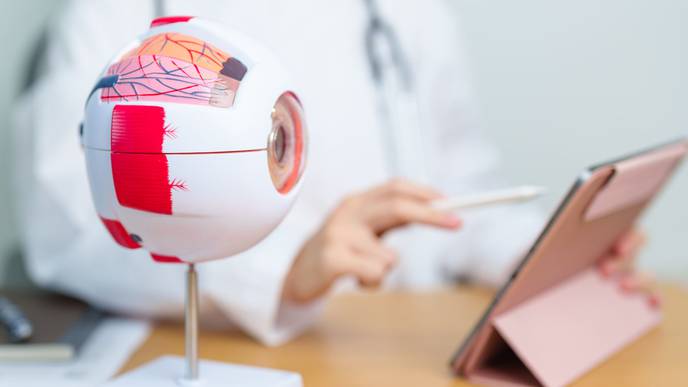ReachMD
Be part of the knowledge.™Liquid Biopsy May Avoid Complications, Improve Treatment for Children with Arteriovenous Malformation Gene Mutations

Liquid biopsy may avoid complications, improve treatment for children with arteriovenous malformation gene mutations
Liquid Biopsy may Avoid Complications, Improve Treatment for Children with Arteriovenous Malformation Gene Mutations
Arteriovenous malformations (AVMs) are abnormal tangles of blood vessels that can occur in the brain, spinal cord, or other parts of the body. These malformations can cause a range of symptoms, from headaches and seizures to paralysis and stroke. In some cases, AVMs are caused by mutations in specific genes, such as the RASA1 gene.
Traditionally, diagnosing AVMs and identifying gene mutations has required invasive procedures, such as angiography or biopsy. However, a new technique called liquid biopsy may offer a less invasive and more accurate way to diagnose AVMs and identify gene mutations.
What is Liquid Biopsy?
Liquid biopsy is a technique that involves analyzing a patient's blood or other bodily fluids for signs of disease. In the case of AVMs, liquid biopsy can detect the presence of abnormal cells or genetic material that may indicate the presence of an AVM or a gene mutation.
Liquid biopsy is less invasive than traditional biopsy or angiography, which can cause complications such as bleeding or infection. It is also more accurate than imaging tests, which may not be able to detect small AVMs or gene mutations.
How can Liquid Biopsy Help Children with AVM Gene Mutations?
Identifying gene mutations in children with AVMs is important for several reasons. First, it can help doctors determine the best course of treatment for the child. For example, children with RASA1 mutations may benefit from a different treatment approach than children without this mutation.
Second, identifying gene mutations can help doctors monitor the child's condition over time. Liquid biopsy can be used to track changes in the child's genetic material, which may indicate whether the AVM is growing or shrinking.
Conclusion
Liquid biopsy is a promising new technique that may offer a less invasive and more accurate way to diagnose AVMs and identify gene mutations. For children with AVM gene mutations, liquid biopsy may help doctors avoid complications and improve treatment outcomes.
Facebook Comments